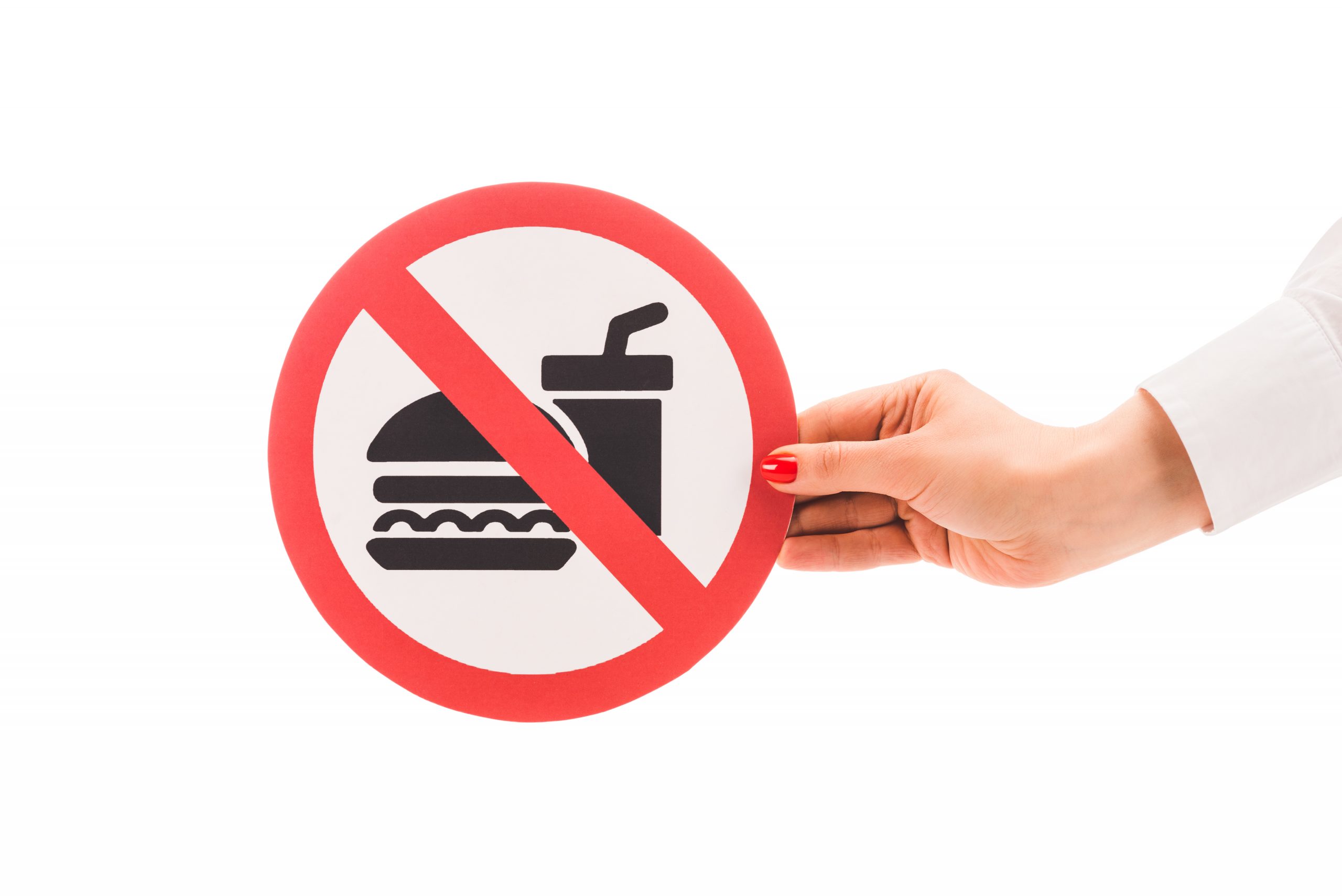Pest Prevention For Storage
Pest prevention for storage is paramount for their long-term preservation. Pests like rodents, insects, and other critters can cause significant damage to stored items, leading to potential financial losses and distress. In this comprehensive guide, we will delve into effective strategies for pest prevention in storage units, ensuring that your treasured possessions remain safe and undamaged. By implementing these preventive measures, you can have peace of mind knowing that your belongings are protected from unwanted intruders.
Choose a Pest-Resistant Storage Unit
Climate-Controlled Units
Opt for climate-controlled storage units as they maintain consistent temperature and humidity levels, creating an environment that is less conducive to pests. Pest prevention for storage begins with a climate-controlled unit, as pests often thrive in warm and moist conditions.
Properly Sealed Units
Inspect the storage unit for any gaps or openings that pests could exploit to gain access. Ensure that doors, windows, and walls are properly sealed, leaving no room for pests to enter. An airtight storage unit is the first line of defense against unwanted intruders.
Elevate the Unit
If possible, choose a storage unit that is elevated from the ground. Elevating the unit makes it more challenging for pests like rodents and insects to infiltrate, reducing the risk of infestation.
Implement a Cleaning Routine
 Before Storing
Before Storing
Thoroughly clean all items before storing them in the unit. Even small food particles or spills can attract pests. Wipe down appliances, furniture, and any kitchenware, and ensure they are completely dry before storage.
Regular Cleaning
Visit your storage unit periodically to clean and inspect stored items. Pest prevention for storage involves regular dusting and vacuuming to remove any potential food sources for pests. Keeping the storage area clean and organized reduces the risk of pest infestations.
Use Pest-Repellent Materials
Pest-Repellent Covers
Consider using pest-repellent covers or wraps for furniture and other items susceptible to pest damage. These covers act as a barrier, deterring pests from accessing and nesting in your belongings.
Mothballs and Cedar Blocks
Mothballs and cedar blocks are effective in deterring insects and rodents. Place them strategically throughout the storage unit to create a pest-repellent environment.
Securely Store Food Items
 No Food Policy
No Food Policy
Adopt a strict “no food” policy in your storage unit. Avoid storing perishable items or food that may attract pests. Even non-perishable food items can lure pests and lead to infestations.
Seal Food Containers
If you must store non-perishable food items, use sealed, airtight containers to prevent pests from gaining access. Label the containers clearly and store them on elevated shelves.
Regular Inspection and Maintenance
Inspect Regularly
Frequently inspect your storage unit for signs of pest activity. Pest prevention for storage involves vigilant observation for droppings, gnaw marks, and other evidence of infestations. Early detection allows for prompt action and minimizes potential damage.
Address Issues Promptly
If you notice any signs of pest activity, contact the storage unit management immediately. They can arrange for professional pest control services to address the issue and prevent further spread.
Preventing pests in storage units is crucial to safeguarding your cherished belongings from damage and contamination. By selecting a pest-resistant unit, maintaining a clean and organized space, using pest-repellent materials, securely storing food items, conducting regular inspections, and working with professional pest control, you can ensure that your storage unit remains free from unwanted intruders. Implementing these preventive strategies will give you confidence that your valuables are protected and preserved, allowing you to access them in pristine condition whenever you need them.
Check out our other recent blogs:
Worry-Free Student Vehicle Storage in Savannah
We offer secure, affordable, and flexible student vehicle storage in Savannah, GA so you can enjoy your summer vacation in peace.
Top 10 Tips for Storing Clothes & Keeping Them in Great Condition
Whether you’re storing seasonal clothing, packing away special occasion outfits, or just trying to declutter your closet, proper storage is key to keeping your clothes in top condition. Without the right techniques, fabrics can become wrinkled, musty, or even damaged...
Do I Need a Climate-Controlled Unit? 5 Questions to Ask Yourself
If you're looking at getting a storage unit, there are a few basic questions you need to answer before you can do any of the physical work of moving your things in. These are things like: How much space do I need? Where do I want the storage unit to be located? And,...





